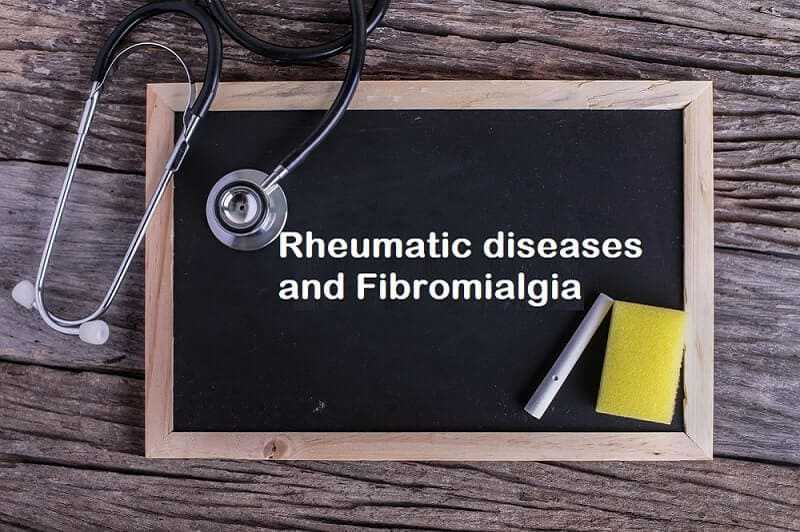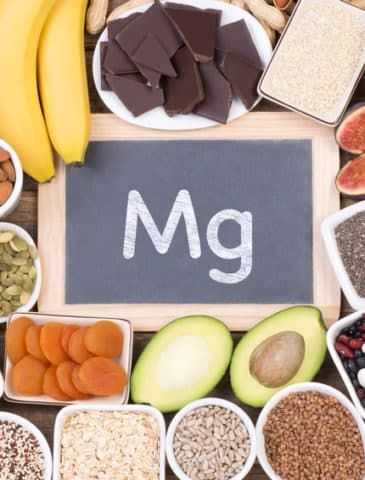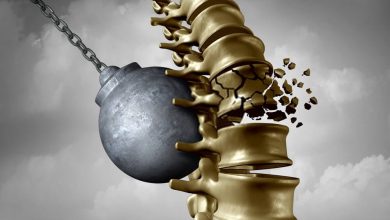Rheumatic diseases and Fibromialgia

Arthrosis and osteoporosis. Two common disorders of the skeleton, which often come together and affect mainly women. Both imply a degeneration, a mass loss. In the case of arthrosis, it affects the cartilages, and in the case of osteoporosis, it affects the bones. They manifest at a middle-age, but they really start to develop much earlier. Among the possible causes there are two that are very clear: Nutritional and Mechanical. The good news are that we can influence on them with our life style.
Bad eating habits during our whole life can trigger these diseases. An excess of dairy products, sugar, animal protein, wheat; intoxicates the body and helps the disease to appear.
We must substitute dairy products for vegetable milk like oatmeal, spelt, soy, quinoa, rice or other milks derived from cereals. We are very used to drinking a glass of cow’s milk in the morning, but we must substitute it by vegetable milk if we want to end up with the terrible pain on our hands and the rest of our body.
Sugar also helps these diseases. So, we must substitute it for molasses and syrups or for brown cane sugar, but always with restraint; considering we are slaves of the sense of taste, specially of sweetness.
Proteins better to come from chicken or turkey meat, if possible natural and biological, than from fish or soy derivates. We can also substitute meat and fish proteins, for the much healthier ones coming from whole grains and brown rice, these two ingredients provide us with a better quality and healthier protein for our body.
In the case of osteoporosis, we tend to believe that taking a lot of calcium is enough to prevent it, but calcium has to be of organic origin, the one elaborated in a synthetic way doesn’t penetrate inside the bone, it only covers it, deteriorating its condition. We can find a good source of calcium in algae, cabbage, parsley, oatmeal, whole grains, sesame or horse tail. The truth is that we can’t benefit much if there is a deficiency of other minerals and oligoelements. In the case of cartilages, we also need magnesium, silicon, zinc, copper, manganese, fluoride, boron and vitamins C and D. But in order to absorb the minerals, it is necessary that the food contains them, and that we keep up with a well-balanced diet.

In the case of calcium, for example, it is as important to know what favours its absortion, as it is to know what increases its loss: a very acidifying diet due to an excess of protein, tobacco, caffeine, cocoa, salt, sugar, alcohol… On the other hand, taking only one mineral in big quantities can interfere in the absortion of others. It’s very important to retain calcium inside our bones to take magnesium.

Perhaps, the most interesting conclusion is that if a wrong lifestyle and eating habits increase the risk of suffering this disorders, trying to prevent them only by taking supplements would only be a way to patch the real problem. It’s the diet in general, and the origin and proportion of the food we eat, what we need to take into consideration. A diet based on vegetables, cereals, algae, white meat, fish and seeds is the base to prevent these diseases.
Besides the nutritional factors, which are important, there are others that might influence importantly in the prevention and treatment of this pathologies (arthrosis and osteoporosis).
Related Article
How to Prevent and Treat Osteoporosis
People with arthrosis are often very contracted, casualy; one of the consecuences of magnesium deficiency is excessive muscle tension. Those excessive contractions can be due to various factors, like emotional or even postural, but the truth is that when a muscle is constrantly contracted, it can end up damaging the joints where the tendons are inserted, intensifying its wearing according to the pressure applied on the joints, and even to the rest of the structure/posture. The lack of joint movement, and the pain that suffer the patients with arthrosis, usually don’t only come from a joint injury, but also from an excessive muscle pressure that usually goes with it.
Stretch exercises relax and extend the muscles, which gives looseness and better movement to the joints. Considering the function makes the organ, flexibility exercises help to preserve a good cartilage function. One of the most classic stretch systems is yoga, a priceless discipline specially at a certain age, but it can’t be done without professional supervision in case we have important injuries.
Enough sunbathing, without burning, is also important; considering the sun contains vitamin D, essential for bone formation.
After reading all this, we get to the conclusion that we must follow a diet rich in food containing organic calcium, which means, calcium that gets into the bones, not covers them. We must take magnesium to help this calcium to get and stay inside the bone. I recommend algae, shark cartilage, broccoli, millet, and whole grain cereals. Besides, I suggest following a diet according to our blood group. To delete the so praised calcium from our diet, tomatoes, peppers, potatoes and wheat. To do moderate excercises, always according to our possibilities, and also walking one hour daily, would be very advised. And, concerning calcium, it is convenient to prevent its loss, more that taking it in big quantities.






